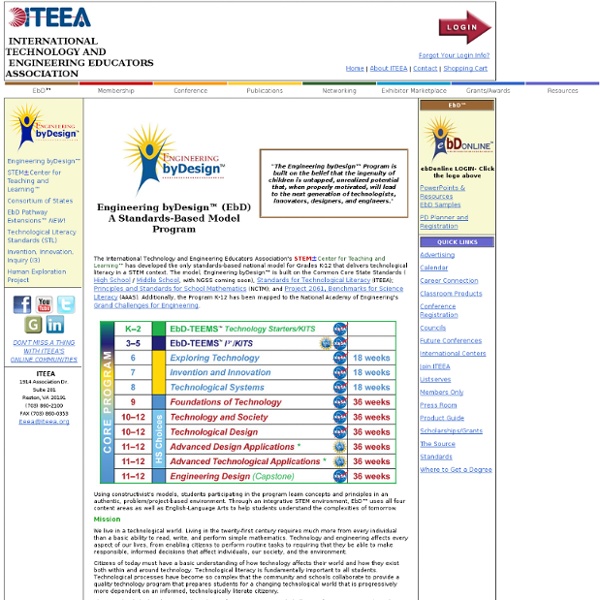Designing a School Makerspace
Makerspaces, STEAM labs and fab labs are popping up in schools across the country. Makerspaces provide hands-on, creative ways to encourage students to design, experiment, build and invent as they deeply engage in science, engineering and tinkering. A makerspace is not solely a science lab, woodshop, computer lab or art room, but it may contain elements found in all of these familiar spaces. Therefore, it must be designed to accommodate a wide range of activities, tools and materials. Diversity and cross-pollination of activities are critical to the design, making and exploration process, and they are what set makerspaces and STEAM labs apart from single-use spaces. A possible range of activities might include: Cardboard construction Prototyping Woodworking Electronics Robotics Digital fabrication Building bicycles and kinetic machines Textiles and sewing Designing a space to accommodate such a wide range of activities is a challenging process. Ask the Right Questions Going Forward
Welcome to TouchMath, Multisensory Teaching, Learning Math Tools Make Math Fun!
NSDL.org - National Science Digital Library
Makerspace | Creating a space for young makers and educators
Curious George . Games
Visit Your Profile Not Logged In logout Sign In To PBS KIDS funded by: Flash Player Missing We could not detect a required version of Flash on your machine. You can download the latest version of Flash for FREE. What's Flash? Home | Games | Printables | Video Clips | Parents & Teachers | Site Map | Help | TV Schedule ® & © 2017 Universal Studios and/or HMH.
NOVA Education
Why Did NASA Kill Cassini? On September 15, 2017 NASA destroyed Cassini—on purpose. Why kill a multibillion-dollar spacecraft? Sep 20, 2017 Death Dive to Saturn Follow Cassini's final days as it skims the cloud tops before plunging into the planet. Commentary: Unsolicited and Unwelcome, Climate Denial Comes to Schools In mid-March of 2017, I saw the first indications of trouble. From Education Blog | Sep 19, 2017 Cassini's Search For Life Is there life beyond Earth? Sep 15, 2017 Amazing Discoveries from Cassini Relive Cassini's greatest hits from its 13 years studying Saturn. Saying Goodbye to Cassini Cassini, a brave explorer that was dispatched to study a distant ringed world, has died. What Saturn Can Tell Us About Earth—and Beyond After Friday’s crash landing into Saturn, NASA scientists are reflecting on the lessons Cassini has imparted.
hsmakerspacetoolsmaterials-201204.pdf
weebly- eportfolios
Young Makers
Hackerspace
Activities[edit] Many hackerspaces participate in the use and development of free software, open hardware, and alternative media. They are often physically located in infoshops, social centers, adult education centers, public schools, public libraries or on university campuses, but may relocate to industrial or warehouse space when they need more room. Hackerspaces with open membership became common within Germany in the 90s in the orbit of the German Chaos Computer Club, with the C-base being probably the most impressive example. The concept however was limited to less than a dozen of spaces within Germany, and did not spread beyond borders at first. Most likely this was because initial founding costs were prohibitive for small groups without the support of a large organization like the CCC. In 2006, Paul Bohm came up with a fundraising strategy based on the Street Performer Protocol to build Metalab in Vienna, Austria, and became its founding director. Facilities[edit] Organization[edit]
Miss Kolis' Classroom Blog
Our New Web Site July 20, 2013 Please also check out our new website for Room 7 at Highland Drive Elementary School! Highland Drive, Room 7 Welcome To Our Class Blog! December 31, 2010 Welcome to our blog from Hilton Elementary School (soon to be Highland Drive Elementary) in the Brecksville-Broadview Heights City Schools! Look around and ask questions or comments via email at kolism@bbhcsd.org or on twitter @Room5Friends. Please check the Pages at the top of this blog along with the Categories, Links, and Tags along the right hand side. Check It Out! August 28, 2010 Don’t forget to check out the Weekly Newsletter! The Weekly Newsletter contains information about the previous week along with information about the upcoming week. You can also check out photos, updates, and more information about our classroom anywhere on this site or by following Miss Kolis’ twitter feed @Room5Friends. Classroom Homepage! March 6, 2010 Follow the link below to get to our classroom homepage.



